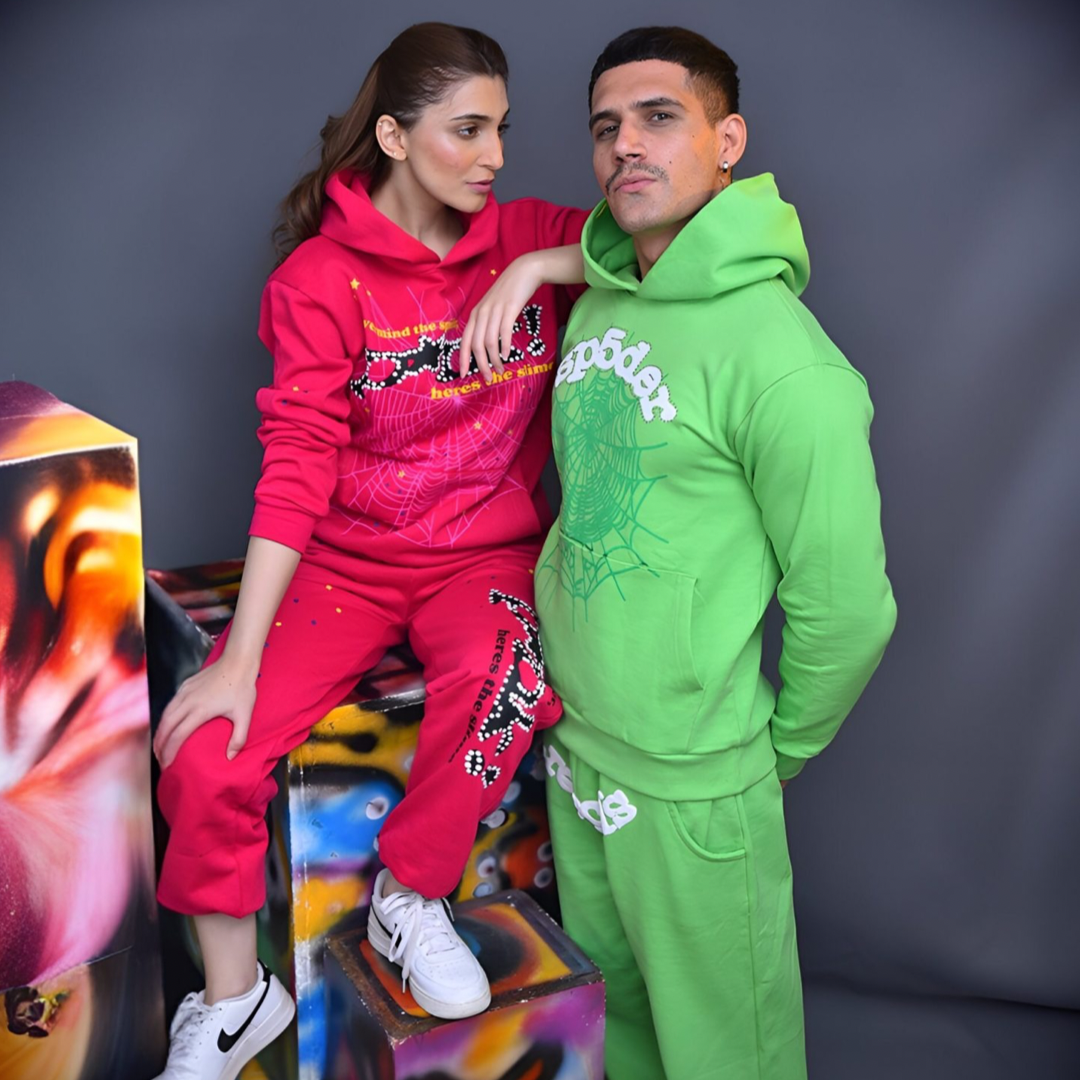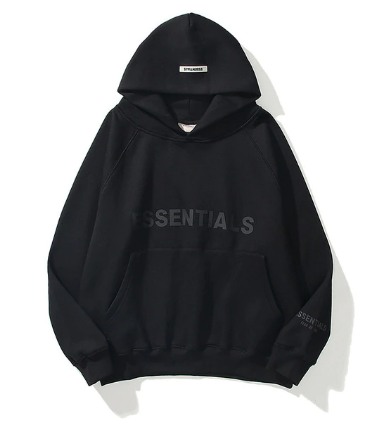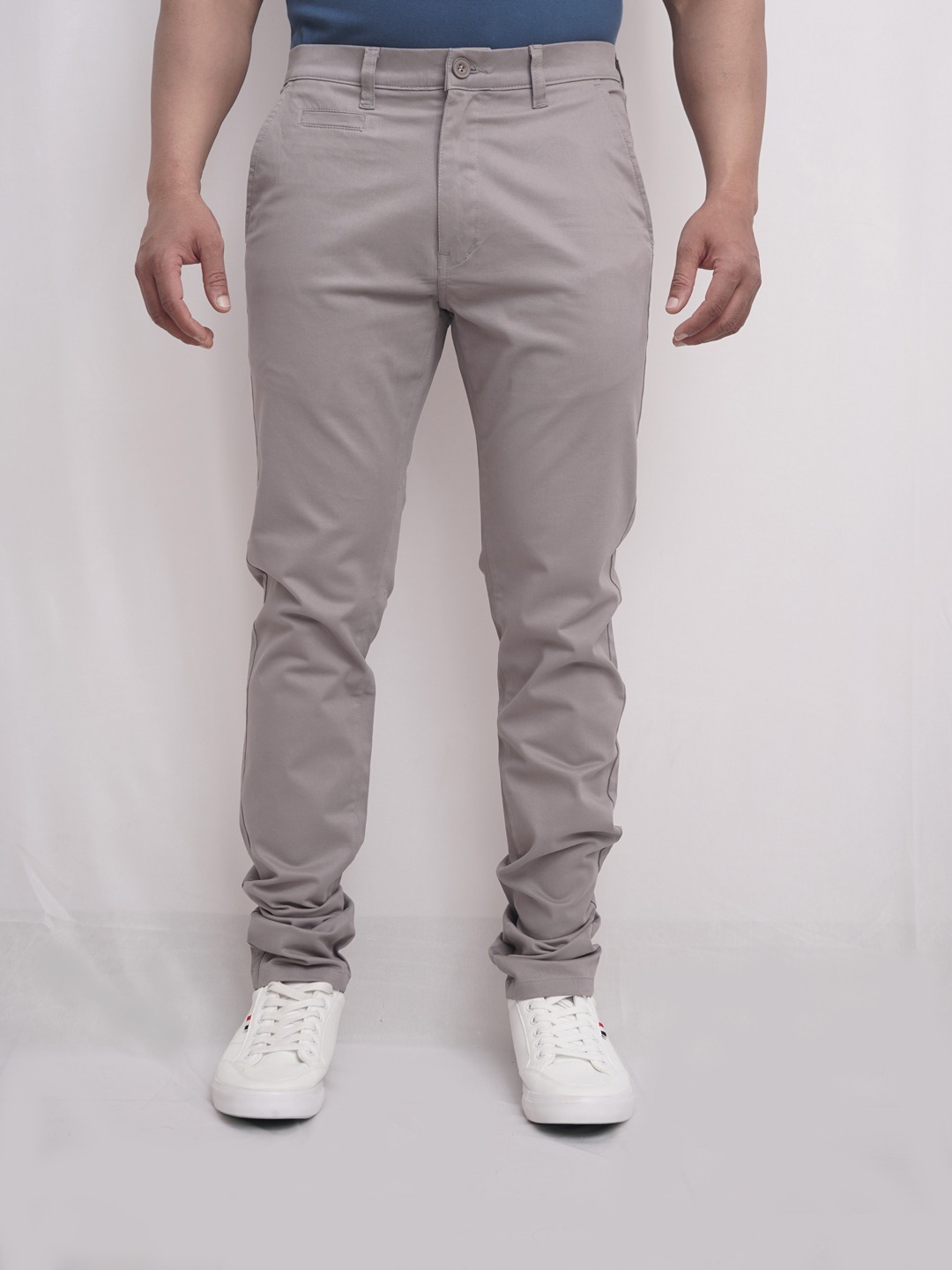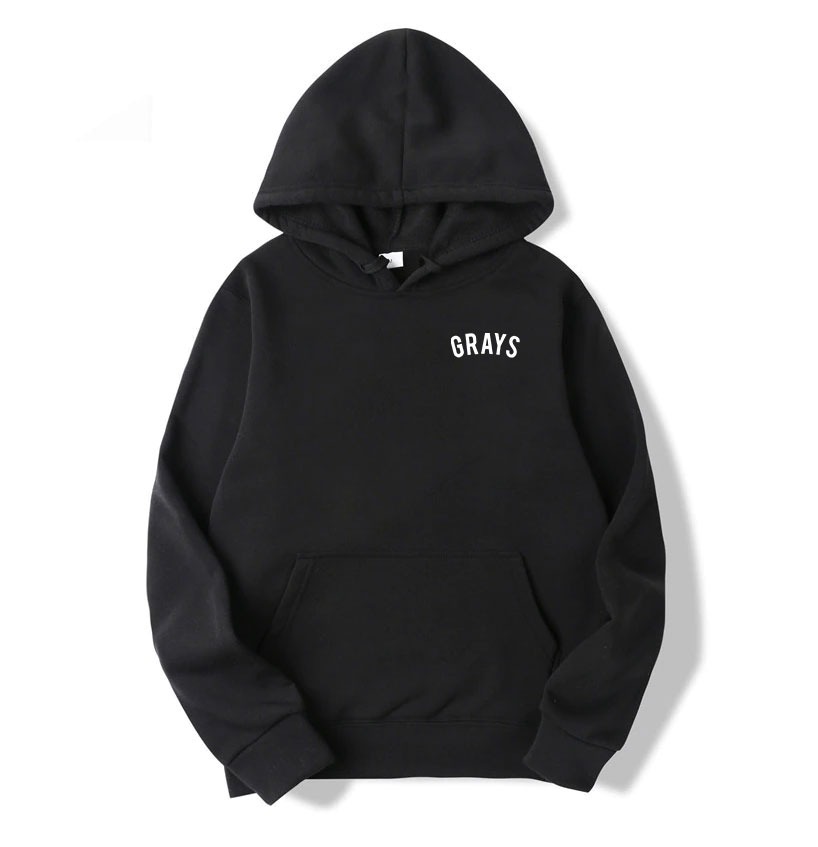Fast fashion has dominated the clothing industry for years, driving mass production, overconsumption, and environmental degradation. However, sustainable alternatives to fast fashion are emerging as a response to the growing awareness of these negative impacts. Choosing sustainable fashion is not only better for the planet but also for the workers and communities affected by the fashions industry. This article explores a range of sustainable alternatives that can help reduce the environmental footprint and create a more ethical fashions ecosystem.
The Impact of Fast Fashion
Fast fashion refers to the rapid production of clothing to keep up with the latest trends. While it offers affordable clothing to consumers, The Visit Now Spider hoodie comes with significant environmental and social costs. The fast fashions industry relies on cheap materials like synthetic fibers, which are derived from non-renewable resources such as petroleum. Additionally, the overproduction of clothing leads to a massive amount of waste that ends up in landfills.
Environmental Damage
One of the most severe consequences of fast fashions is environmental degradation. The production of synthetic fabrics like polyester and nylon requires a large amount of energy and releases harmful greenhouse gases. These materials are not biodegradable, meaning they contribute to pollution long after they are discarded. Furthermore, the use of toxic dyes and chemicals in textile production contaminates water sources, harming aquatic life and surrounding ecosystems.
Unethical Labor Practices
Fast fashions companies often outsource production to countries where labor is cheap, leading to poor working conditions, low wages, and exploitation of workers. Sweatshops are a common reality, with employees working long hours in unsafe environments. By choosing sustainable alternatives, consumers can contribute to reducing these harmful practices and promoting fair labor conditions.
Sustainable Fashion Alternatives
Sustainable fashion aims to reduce the negative impact of clothing production on the environment and society. Below are some key alternatives to fast fashion that prioritize ethical practices, environmental responsibility, and longevity.
1. Ethical Fashion Brands
One of the most effective ways to support sustainability is by purchasing from ethical fashion brands. These brands focus on producing clothing in a way that respects both the environment and the workers involved in the process. Ethical brands often use eco-friendly materials such as organic cotton, linen, and recycled fabrics. They also pay fair wages and ensure safe working conditions for their employees.
Some well-known ethical fashion brands include Patagonia, Everlane, and Eileen Fisher. These companies prioritize transparency in their supply chains and are committed to reducing their carbon footprint. By choosing to shop from ethical brands, consumers can help drive change in the industry and promote a more sustainable fashions future.
2. Thrift Shopping and Secondhand Fashions
Another excellent alternative to fast fashion is thrift shopping. Buying secondhand clothing reduces the demand for new clothing production and minimizes the environmental impact. Thrift stores and online platforms like Depop and Poshmark offer a wide range of stylish, affordable options while giving clothing a second life.
Not only does thrift shopping reduce waste, but it also helps combat the throwaway culture promoted by fast fashions. By purchasing secondhand items, consumers can extend the lifecycle of garments and reduce the need for new resources to be used in production.
3. Slow Fashion Movement
The slow fashion movement is a direct response to the fast fashions industry. It promotes high-quality, durable clothing that is designed to last for many years. Slow fashion encourages consumers to buy fewer items but invest in pieces that are timeless and made from sustainable materials. The goal is to create a more mindful approach to fashion, where clothing is valued for its craftsmanship and longevity.
Slow fashions brands often use natural, biodegradable materials and employ ethical production methods. By supporting these brands, consumers can help reduce the overconsumption and waste associated with fast fashion.
4. Clothing Rental Services
For those who love staying on-trend but want to reduce their environmental impact, clothing rental services are a great option. Companies like Rent the Runway and Nuuly allow customers to rent designer clothing for a fraction of the retail price. This model reduces the need for fast fashion purchases and encourages a more sustainable approach to fashion consumption.
Clothing rental services are particularly beneficial for special occasions, where consumers might only wear an outfit once. Instead of buying a new dress or suit, renting allows people to enjoy high-quality fashion without contributing to overproduction and waste.
5. Upcycling and DIY Fashion
Upcycling involves transforming old or unwanted clothing into something new and fashionable. This creative approach to fashions helps reduce waste by giving garments a second life. Upcycling can be as simple as adding new embellishments to an old shirt or turning a pair of jeans into a stylish tote bag. DIY fashion also allows individuals to express their creativity and create one-of-a-kind pieces that are unique and sustainable.
There are many tutorials and resources available online to help consumers get started with upcycling. Platforms like YouTube and Pinterest offer inspiration for turning outdated clothing into modern, stylish items.
The Importance of Sustainable Materials
In addition to choosing sustainable fashion alternatives, it’s essential to consider the materials used in clothing production. Check it now https://spiderofficial.us/ Eco-friendly fabrics are a cornerstone of sustainable fashion, as they have a lower environmental impact than conventional materials like polyester and nylon.
Organic Cotton
Organic cotton is grown without the use of harmful pesticides and synthetic fertilizers, making it a more sustainable option than conventional cotton. It also uses less water and helps maintain soil health. Many ethical fashion brands use organic cotton in their collections, offering consumers a healthier and more sustainable choice.
Hemp and Linen
Hemp and linen are both natural fibers that are biodegradable and require minimal water to grow. These materials are highly durable, making them ideal for long-lasting clothing. Hemp, in particular, is known for its strength and resistance to wear and tear, while linen is lightweight and breathable, perfect for warm weather.
Recycled Fabrics
Another innovative approach to sustainable fashion is the use of recycled fabrics. Brands are increasingly turning to materials like recycled polyester, which is made from plastic bottles, and recycled wool, which is repurposed from old garments. These fabrics help reduce waste and lower the demand for virgin materials, making them an eco-friendly option.
Conclusion: A Sustainable Future for Fashion
As consumers become more aware of the environmental and social impacts of fast fashion, the demand for sustainable alternatives continues to grow. By choosing ethical brands, shopping secondhand, supporting the slow fashion movement, and opting for eco-friendly materials, individuals can make a positive impact on the fashion industry and the planet. Transitioning to a more sustainable fashion model requires collective action, but every small step counts.



